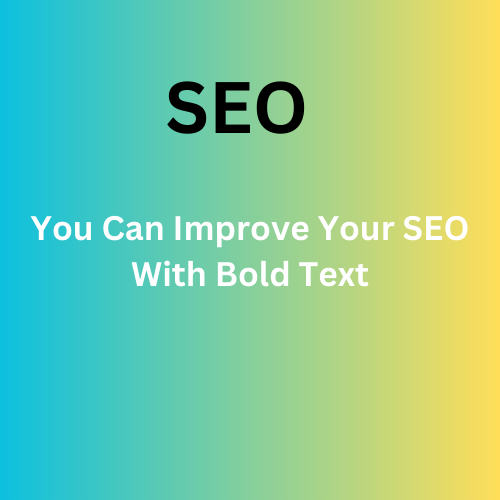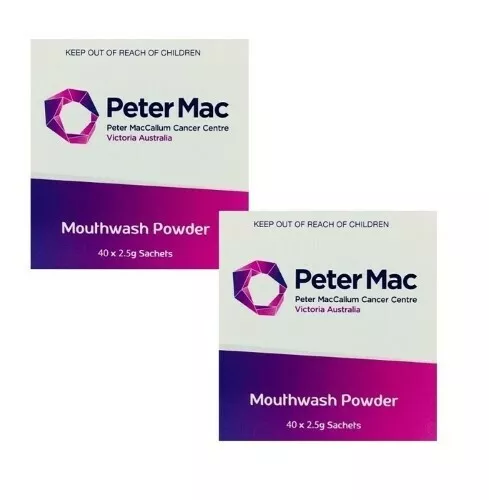Bolded Text Can Help Your SEO
SEO is constantly evolving, and staying on top of the latest best practices can give you an edge in search rankings. One often-overlooked aspect of on-page SEO is the use of bolded text. Recently, Google has confirmed that strategically bolding important text can help improve your SEO. But how exactly does bolded text impact your site’s rankings, and how should you use it effectively?
In this blog, we’ll explore why bolded text can be beneficial, how it influences SEO, and the best practices for using bold text to enhance your content’s search performance.
1. Why Does Google Care About Bolded Text?
Bolded text plays a significant role in content readability and user experience. When readers scan a page, bolded text helps highlight key points and makes it easier to digest important information quickly. Google values content that provides a positive user experience, and bolding essential terms or phrases helps both users and search engines understand your content better.
Google’s Search Advocate, John Mueller, recently mentioned that bolded text helps Google identify which parts of a page are most important. While it’s not a direct ranking factor like backlinks or mobile-friendliness, bolded text can influence how well search engines understand your content.
2. How Bolded Text Impacts SEO
When used strategically, bolded text can have several benefits for SEO:
– Improves content readability: Bolded text makes your content easier to scan, which can lower bounce rates and improve user engagement metrics, both of which are important for SEO.
– Highlights key information: Google can use bolded text as an additional signal to understand the hierarchy and importance of certain sections of your content.
– Emphasizes keywords and related phrases: When you bold keywords or key phrases, it helps search engines recognize the relevance of those terms within the context of your page.
– Enhances user experience: A well-organized page with bolded important points improves the user experience, leading to longer time spent on the page, lower bounce rates, and higher overall engagement.
3. Best Practices for Using Bolded Text in SEO
Now that we know why bolded text matters, let’s dive into some best practices for using it effectively in your content:
A. Use Bold Text Sparingly
While bolding text can improve readability and SEO, overdoing it can have the opposite effect. Avoid bolding large blocks of text or excessive phrases, as this can overwhelm readers and dilute the impact of bolded sections. Instead, use bolding strategically to emphasize critical points or keywords.
B. Focus on Important Keywords
Bolded text can highlight important keywords or key phrases, but this should be done naturally and in moderation. Avoid keyword stuffing, and instead, bold terms that reflect the core message of your content. These could be primary keywords or semantically related terms that help Google understand the topic.
C. Emphasize Subheadings or Important Takeaways
Use bolding to draw attention to subheadings, key takeaways, or action items in your content. This helps readers navigate the page and quickly find the information they need, which can improve their experience and reduce bounce rates.
D. Improve Skimmability
With readers often scanning content rather than reading it word-for-word, bolding can help highlight the most important parts of your article. This improves skimmability, allowing users to quickly grasp your message and encouraging them to stay on the page longer.
E. Keep It Relevant to the Topic
Only bold text that is relevant to the overall topic of your article. Randomly bolding words for emphasis can confuse readers and doesn’t add value to your SEO efforts. Stick to highlighting key terms or phrases that relate directly to the user’s search intent.
4. Avoid Common Mistakes When Using Bolded Text
To ensure that bolded text works in your favor, avoid these common mistakes:
– Over-bolding: Too much bolding can make your content look cluttered and distract from the user experience. Use it sparingly and with purpose.
– Bolding irrelevant text: Don’t bold words or phrases that aren’t related to the topic or user intent. This can confuse search engines and users alike.
– Bolding entire paragraphs: Stick to bolding important sentences or phrases, not entire paragraphs or large blocks of text. Doing so can make your page harder to read.
5. Does Bolded Text Directly Affect Rankings?
While bolding text is not a direct ranking factor, it plays a supportive role in improving your page’s readability and helping search engines understand the content better. Google may not boost your rankings solely because you bolded a keyword, but it can improve how well Google interprets the key points of your content.
Ultimately, bolding is part of an overall on-page optimization strategy. When used properly alongside other SEO best practices—such as using relevant keywords, optimizing meta tags, and ensuring good content structure—bolded text can contribute to better performance in search results.
Conclusion
Bolding key text is an effective, yet often overlooked, on-page SEO technique that can enhance the user experience and help Google better understand your content. While it may not be a direct ranking factor, it plays a valuable role in improving content readability, emphasizing important points, and potentially boosting your SEO over time. By following the best practices outlined above, you can use bolded text strategically to create more user-friendly, search-optimized content.
Remember, SEO is about making your content as accessible and relevant as possible, and bolding important information is just one of the many tools you can use to achieve that goal.




